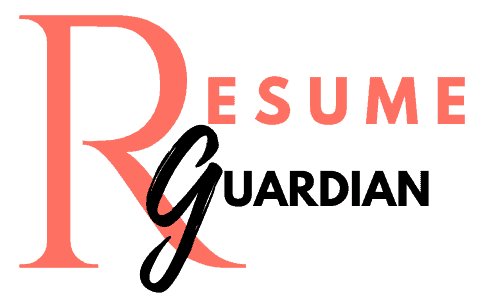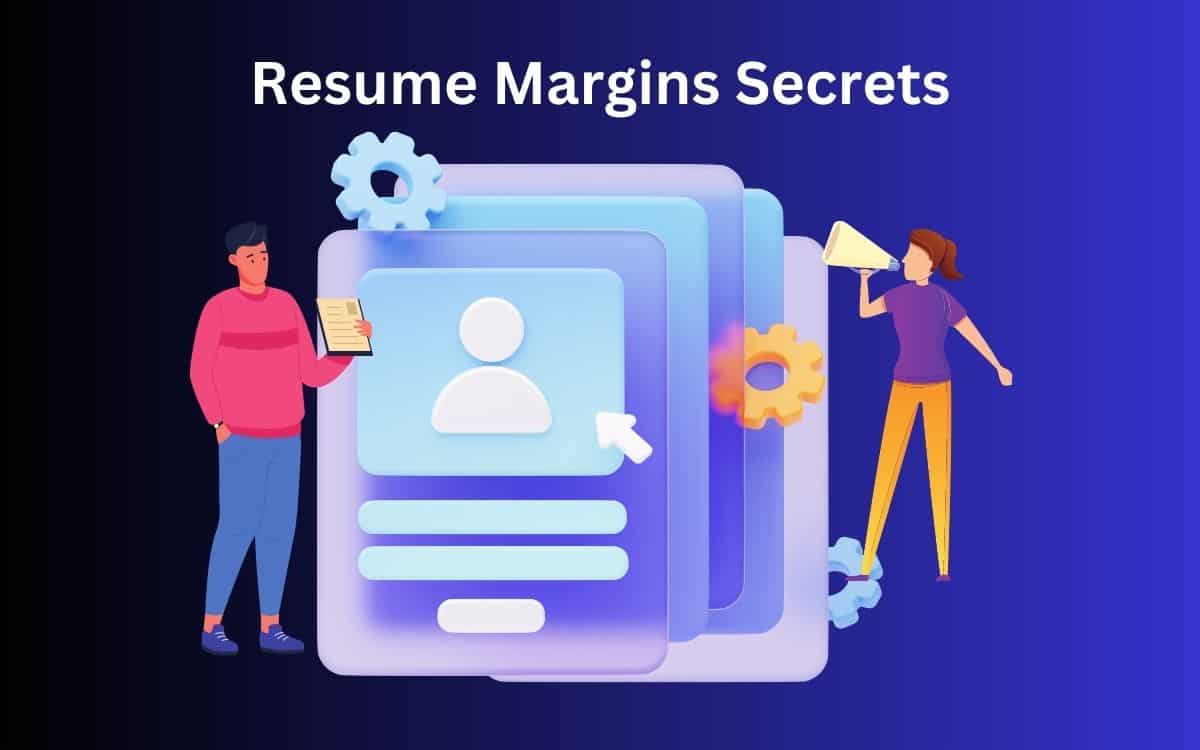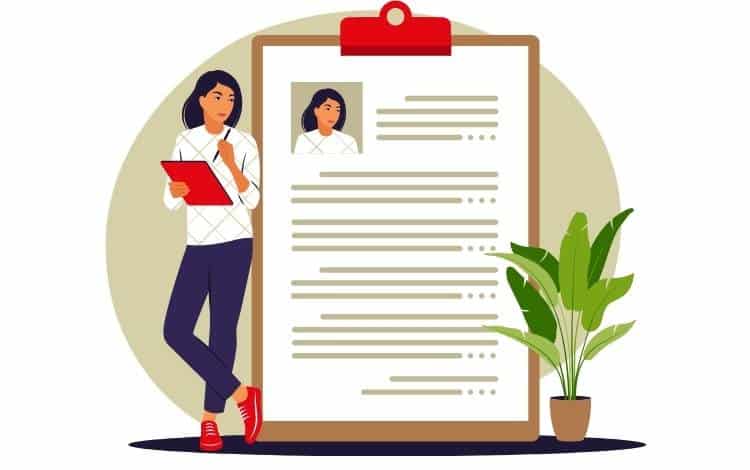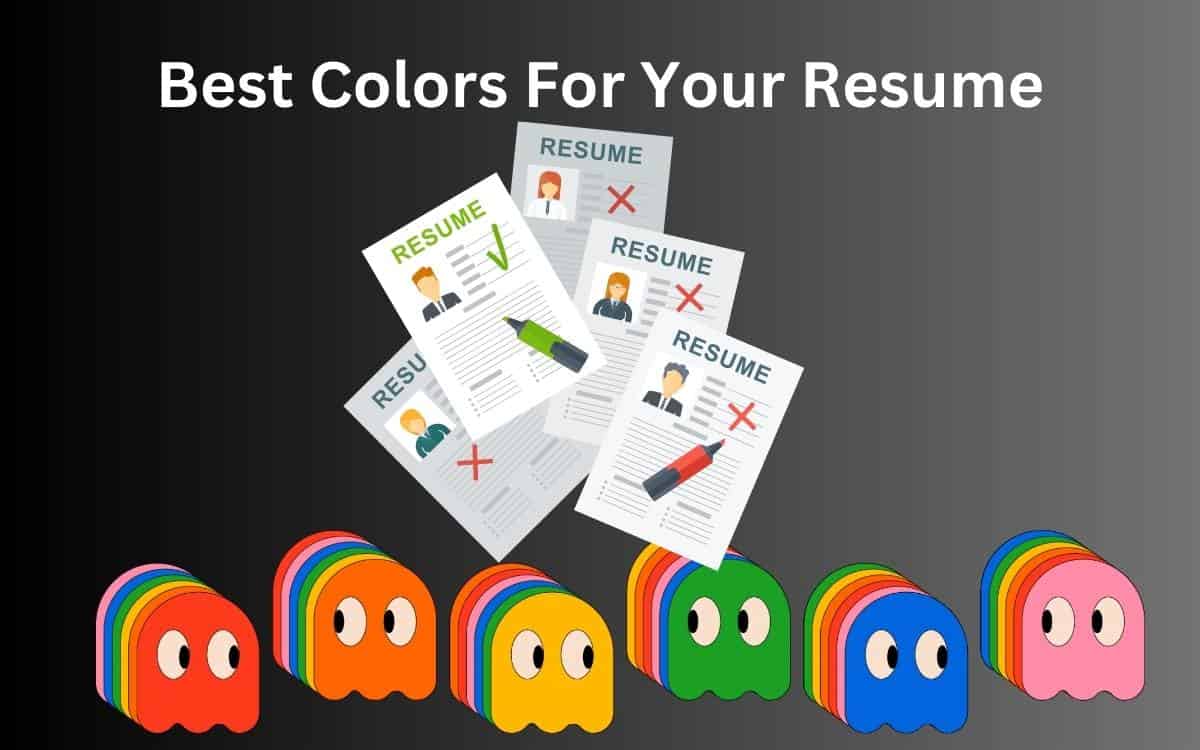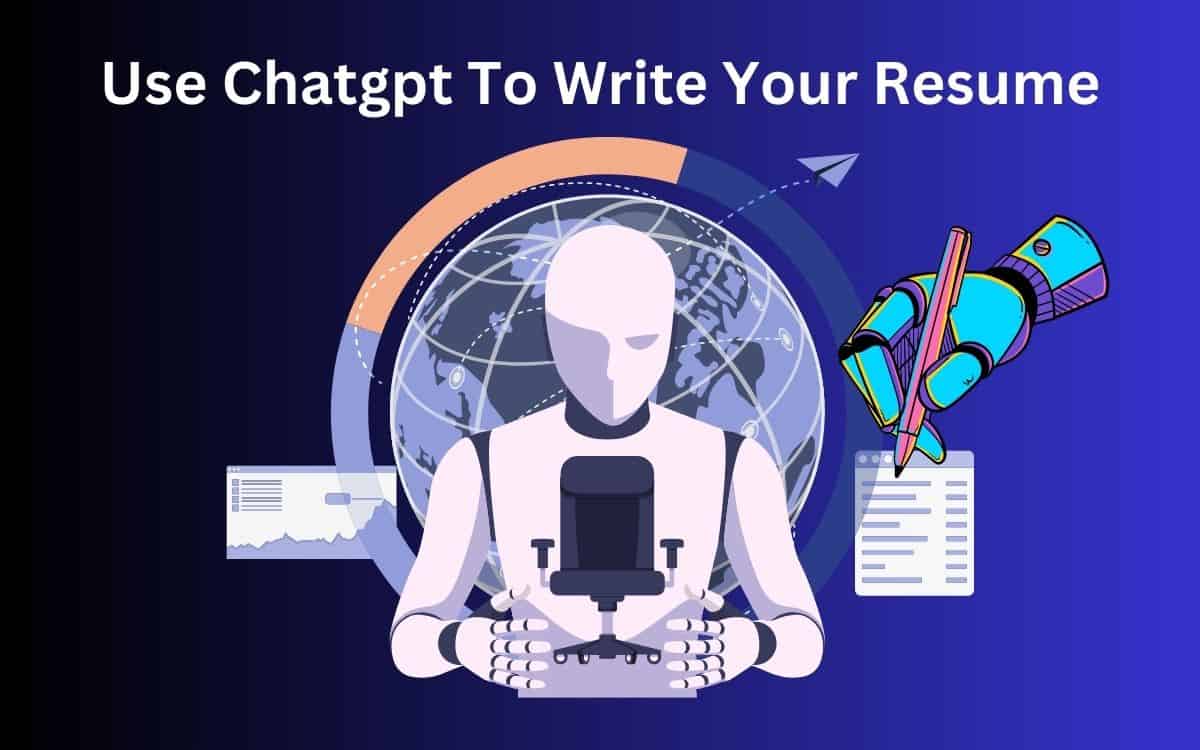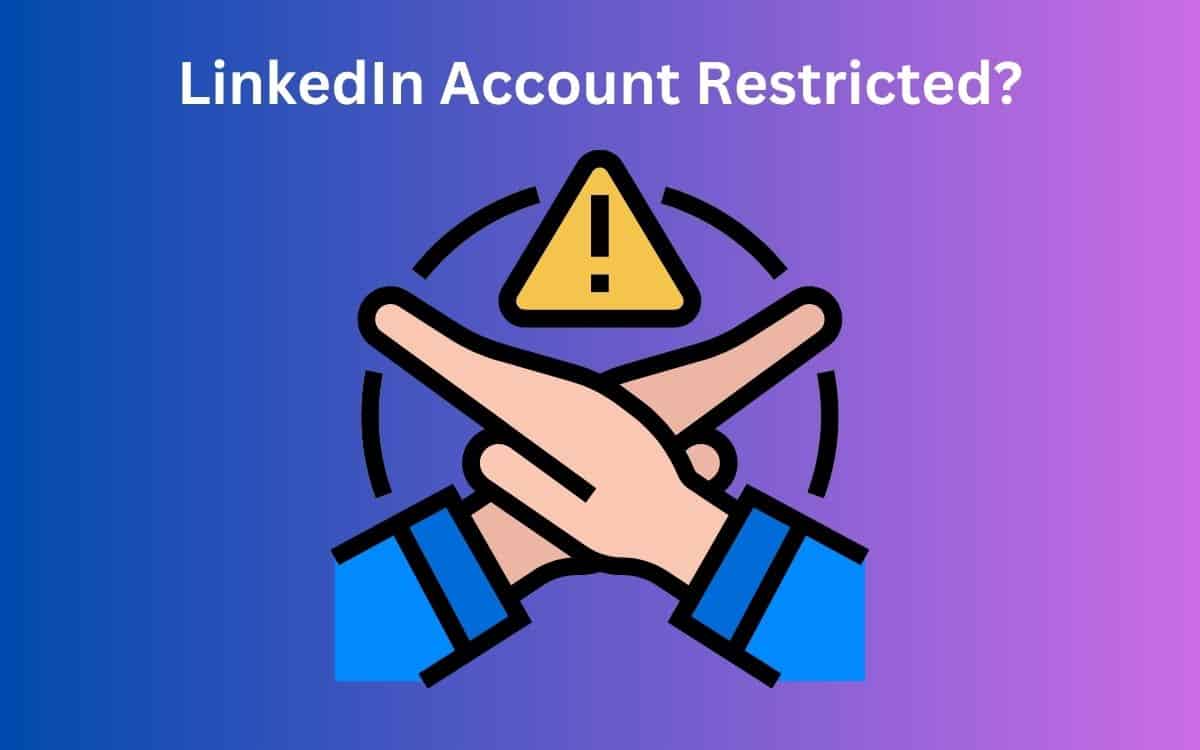
Have you experienced that sinking feeling when you log into your LinkedIn account, only to be greeted with the dreaded message: “Your LinkedIn account has been restricted”? It’s a frustrating situation, and I know exactly how it feels because I’ve been there too.
As an avid LinkedIn user, I’m here to share my firsthand experience and guide you through the process of reclaiming your restricted LinkedIn account.
LinkedIn is important for networking, job opportunities, and personal branding. So, when your account gets restricted, it can feel like a major setback.
But don’t worry! In this article, I’ll walk you through the steps to reinstate your account, sharing some expert tips and tricks.
So, let’s dive in and reclaim your LinkedIn presence because your career deserves to shine on the world’s largest professional networking platform. Let’s get started!
The Importance of Maintaining a Professional Online Presence

LinkedIn is one of the most popular social media platforms for professionals, and it has become the go-to place for job seekers, recruiters, and business owners alike. Whether you are trying to find new career opportunities or want to establish your brand as an industry leader, your LinkedIn profile plays an essential role in your success.
Like any other social network, LinkedIn has its own rules and guidelines that users must follow. Failure to comply with these rules can result in your account getting restricted.
LinkedIn is a professional networking site designed to help users build their careers, grow their businesses, and connect with other professionals in their industry. Thus, it is crucial to maintain a professional online presence on the platform.
Your profile should showcase your skills and expertise while presenting you as a reliable and trustworthy individual. Any behavior that goes against this objective can harm your online reputation and negatively impact your career prospects.
What Is a LinkedIn Account Restriction?
If you violate any of LinkedIn’s terms of service or policies, the company may restrict or permanently suspend your account. An account restriction means that certain features or functionalities will be limited until you take action to address the issue.
For instance, you may be blocked from sending messages or connection requests for some time until you resolve the problem at hand. The type of account restriction depends on the nature and severity of the violation.
Suppose it’s a minor offense, such as using irrelevant keywords in your profile description or sending too many unsolicited messages too often over time. In that case, LinkedIn might temporarily restrict access from features like inviting others to connect.
However, if it’s something more severe, like sharing inappropriate content on someone else’s post without permission (e.g., hate speech), there could be permanent consequences, such as losing your account altogether.
Why Is It Important to Avoid LinkedIn Account Restrictions?

You may think that a quick post venting about something you do not like is okay, but it could be damaging in the long run. Being restricted on LinkedIn can limit your ability to grow your network, create leads, target new clients, or even apply for jobs. It can also harm your online reputation.
A restriction might indicate to potential employers that you are not adequately professional or trustworthy.
Additionally, losing access to these features will impact revenue generation if you’re a business owner or marketer using LinkedIn to generate leads and engagement with potential customers.
It’s important to remember that LinkedIn is a platform specifically designed for professionals and business owners. Hence it is crucial to maintain professionalism while engaging with other users on the platform to avoid any restrictions or negative impact on your career prospects.
Reasons for Account Restriction
LinkedIn is a platform designed to help professionals connect with each other and build their business networks. However, this doesn’t mean you can post whatever you want without repercussions. LinkedIn has strict terms and conditions that all users must follow, and failure to comply with these rules can lead to an account restriction.

1. Violation of LinkedIn’s Terms and Conditions
One of the most common reasons for LinkedIn account restriction is a violation of the platform’s terms and conditions.
This can include actions like:
- Sending spam messages
- Creating fake profiles
- Using automation tools to inflate engagement on the platform
Even seemingly minor violations like posting inappropriate content or using abusive language in your communications can lead to an account restriction.
You must familiarize yourself with LinkedIn’s terms and conditions to avoid running afoul.
These guidelines ensure that everyone on the platform has a positive experience, so taking the time to understand them will benefit you and other users in the long run.
2. Suspicious Activity on Your Account
If LinkedIn detects suspicious activity on your account, they may restrict your access until they can verify that everything is above board.
This could include things like:
- Logging into your account from an unfamiliar location
- Making sudden changes to your profile information
While it may be frustrating if this happens to you, it’s important to remember that LinkedIn is doing this for your own protection.
By monitoring accounts for unusual activity, LinkedIn can prevent hackers or malicious actors from gaining access and potentially causing harm.
3. Inappropriate Content Shared on the Platform
Sharing inappropriate content on the platform can also result in account restriction.
This could include things like:
- Posting explicit or offensive images
- Promoting hate speech or discrimination against certain groups of people
- Engaging in any other behavior that goes against LinkedIn’s community guidelines
Remember that LinkedIn is a professional networking site, so keeping your content appropriate for the audience is essential.
While it may be tempting to share controversial or provocative posts in order to generate engagement, the potential consequences aren’t worth it in the end.
How to Avoid Account Restriction
1. Familiarize Yourself with LinkedIn’s Terms and Conditions
Reading and understanding LinkedIn’s terms and conditions is important to avoid accidental violations that could lead to an account restriction.
Common violations include:
- Using fake profiles
- Spamming
- Posting inappropriate content
- Engaging in fraudulent activities.
LinkedIn has a clear set of community guidelines that outline what is allowed on the platform.
Ensure you are familiar with the rules and guidelines before using the platform.
They have also published a list of prohibited activities, including sharing false information, upvoting your own content, or creating multiple profiles. By understanding these rules, you can protect your account and maintain a positive online presence.
2. Be cautious when connecting with people you don’t know
While LinkedIn is a great networking tool, you must be careful who you connect with. Avoid accepting requests from people you don’t know or have incomplete profiles.
If possible, it’s also important to check their mutual connections and verify their identity through other social media platforms.
Scammers and spammers often use LinkedIn to send unsolicited messages or phishing emails.
If something seems too good to be true or suspicious, do not click on any links or give away personal information. Always err on the side of caution when it comes to online interactions.
3. Avoid Sharing Controversial or Inappropriate Content
Sharing controversial or inappropriate content can damage your professional reputation and potentially lead to an account restriction.
Be mindful of below while sharing or discussing topics on LinkedIn:
- Avoid discussing sensitive topics such as politics or religion unless they are directly related to your profession.
- Avoid sharing anything that could be considered offensive or discriminatory towards any group of people based on race, gender identity, sexual orientation, etc.
- Be respectful towards others while appropriately expressing your views.
Being aware of LinkedIn’s terms and conditions while connecting with others carefully and sharing appropriate content can protect your account from any restrictions.
LinkedIn is a great tool to build your professional network, but it’s important to use it responsibly to maintain a positive online presence.
What to do if Your Account is Restricted
If you find yourself with a restricted LinkedIn account, don’t panic. You can take steps to get your account back up and running. The first thing you should do is contact LinkedIn support for assistance.
They will be able to give you more information about why your account was restricted and what actions you can take to have it reinstated.
Step-1: Contact LinkedIn Support for Assistance
LinkedIn support can be reached through the Help Center on the LinkedIn website.
You can submit a request through their support page or reach out via Twitter or Facebook if you prefer social media channels.
They typically respond within a few business days, but response times may vary depending on the requests they receive.
It’s important to note that while LinkedIn support can assist with getting your account restrictions lifted, they do not guarantee that they will reinstate it.
When contacting LinkedIn support, be as detailed as possible about your situation.
Explain that your account has been restricted and ask for guidance on what steps to take next. You may need to provide additional information or documentation depending on the reason for your restriction.
If you have violated their terms and conditions multiple times or engaged in particularly egregious behavior, they may decide that permanent suspension is necessary.
Step-2: Review Your Activity on the Platform to Identify Any Potential Violations
While waiting for a response from LinkedIn support, take some time to review your activity on the platform to identify any potential violations of their terms and conditions. Look at any content you have posted recently and interactions with other users.
If there are specific violations that caused your restriction, make sure that you address them before reaching out for assistance from LinkedIn support. This will show them that you are taking responsibility for your actions and are serious about keeping your account in good standing.
Having a restricted LinkedIn account can be frustrating, but it’s not the end of the world.
By contacting LinkedIn support and reviewing your activity on the platform, you can take steps to have your account reinstated and ensure that you maintain a professional online presence in the future.
Professionalism is the key to success on LinkedIn. As the world’s largest professional network, LinkedIn offers countless opportunities to network, gain visibility, and establish your thought leadership.
Conclusion
Account restrictions on LinkedIn can be a major setback for your professional reputation and credibility. It comes with its rules that you must abide by, or else you might find yourself in trouble.
Maintaining a professional image on LinkedIn is crucial for job seekers, students exploring career paths, and even established professionals who want to maintain their current roles.
While social media can be an excellent tool for connecting with like-minded individuals and sharing ideas with colleagues worldwide, it’s important to remember that everything you do online reflects your personal brand.
By following the guidelines provided by LinkedIn regarding content sharing and activity monitoring on their platform, you can avoid having your account restricted or deleted altogether.
Remember that while social media can offer many benefits in terms of networking opportunities and personal branding efforts—it remains essential to remember professionalism at all times!
